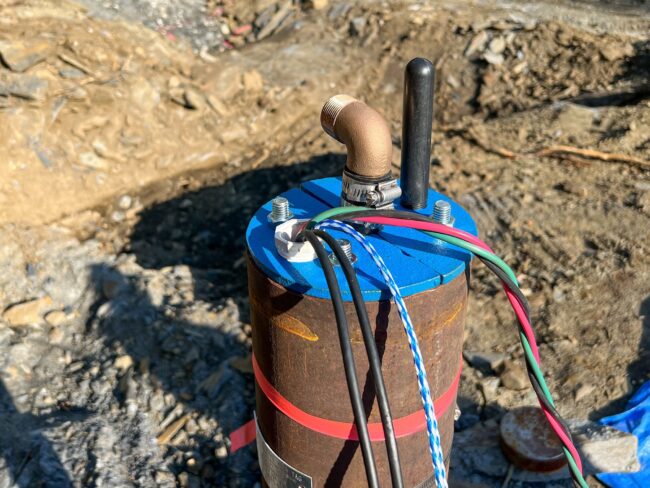Innovations in Water Borehole Tools for Efficient Drilling Operations
Exploring the Essential Tools for Water Borehole Drilling
Water borehole drilling is a critical process that requires specialized tools and equipment to ensure successful and efficient operations. From initial site assessment to Water Boreholes Clwyd completion, a range of tools is utilized to navigate different geological formations and depths, ultimately tapping into underground water sources for various purposes.
One of the essential tools in water borehole drilling is the drilling rig, which serves as the primary equipment for excavating the borehole. These rigs come in various sizes and configurations, capable of handling different drilling techniques such as rotary drilling, percussion drilling, or cable tool drilling, depending on the geological conditions of the site.
Another crucial tool is the drill bit, which is attached to the drilling rig and is responsible for cutting through rocks, soil, and other subsurface materials. Drill bits come in different designs and materials to suit specific drilling requirements, with options like tricone bits, PDC (polycrystalline diamond compact) bits, and diamond core bits, each offering unique advantages depending on the formation being drilled.
In addition to the drilling rig and drill bit, borehole tools such as casing pipes, casing shoes, and screens are used to stabilize the borehole walls, prevent collapse, and facilitate water extraction. Casing pipes are installed to prevent soil or rock from caving into the borehole, while casing shoes provide a stable base for the casing to rest on. Screens, on the other hand, allow water to enter the borehole while filtering out debris and sediment.
Moreover, downhole tools like packers, logging tools, and pumps play vital roles in borehole development and maintenance. Packers are used to isolate specific zones within the borehole for testing or treatment, while logging tools provide valuable data about the geological formations and water quality. Pumps, such as submersible pumps or hand pumps, are essential for extracting water from the borehole for irrigation, drinking water supply, or industrial use.

Advancements in technology and engineering have led to the development of innovative tools and techniques for water borehole drilling, enhancing efficiency, accuracy, and sustainability in groundwater exploration and extraction.
One notable innovation is the use of geophysical tools and surveys to assess subsurface conditions before drilling begins. Ground-penetrating radar (GPR), electromagnetic surveys, and seismic imaging techniques provide valuable insights into the geological layers, water table depth, and potential water-bearing formations, helping drillers make informed decisions and optimize drilling locations.
Furthermore, the introduction of downhole cameras and sensors has revolutionized borehole inspection and monitoring. These tools enable real-time visualization of the borehole interior, allowing drillers to identify obstructions, fractures, or mineral deposits that may affect water yield or borehole integrity. Continuous monitoring with sensors helps detect changes in water levels, pressure, and quality, facilitating proactive maintenance and management of boreholes.
In terms of drilling equipment, advancements in drill bit design, materials, and cutting technologies have improved drilling efficiency and longevity. Diamond-enhanced bits, for instance, offer superior durability and penetration rates in hard rock formations, reducing downtime and operational costs. Automated drilling systems and robotic platforms are also being utilized to streamline drilling processes and minimize human error.
The integration of renewable energy solutions, such as solar-powered pumps and geothermal drilling techniques, aligns with sustainability goals and reduces the environmental impact of borehole operations. These innovations collectively contribute to the advancement of water borehole tools and practices, ensuring reliable access to groundwater resources for communities, agriculture, and industries worldwide.